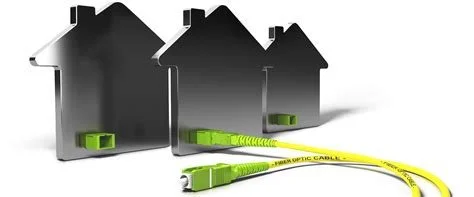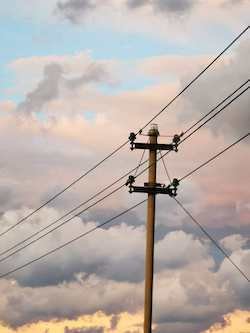
Case Studies

Using an independent expert to support rate and accounting positions
There are times you will need an independent analysis and voice for electric rate or other approvals before your Board or other regulatory bodies. Here are examples of how we assisted clients with expert witness testimony to support rate and accounting issues.

Electric Utility Implements the FERC Uniform System of Accounts
Locked into a Municipal Chart of Accounts, an Electric Utility was not able to property assess its financial situation and rates. We assisted in blending the FERC Uniform System of Accounts into the municipal software requirements.

Redesigning Utility Accounting Construction Processes
Here we assisted a client in overhauling their work order processes to be in-line with FERC and RUS construction accounting standards.

Case Study - Designing Rates for Emerging Customer Classes
Designing distributed energy rates for solar customers is a part of a “routine” cost of service study. Here is a case study of how we assisted a client not only with DER rates, but began moving customer classes to their cost of service.

Case Study - Moving customers to their cost of service? Perhaps not as straightforward as you’d like
Electric cost of service studies allocate the costs of electric service to each customer class. But, the actual rates charged to each customer class may over or under collect their cost of service. Why is that?

Case Study - Keep or sell our broadband business? Plus, broadband grant funding opportunities
The municipal government had reached a decision crossroad - "should we keep our broadband system, expand it, or should we sell it while it still had value?"
This article aims to demonstrate the process that should be done in evaluating any service offering, whether in the public or private sector. After the case study, there is a discussion on broadband grant funding opportunities in the 2021 Infrastructure Investment and Jobs Act.

Case Study - Electric and Water Utility Shrinks the Number of Fixed Asset Records for FERC - Why?
Accurate fixed asset records can quickly become less accurate due to such factors as inefficient field processes, the flow of information from field crews to the finance department, and too many choices of fixed asset types. Inaccurate fixed assets lead to inequitable customer rates.
Here is a case study of one electric and water utilities’ recognition of problems in fixed assets and their path to a solution.

Case Study - Electric Utility Designs Electric Rate to Move a Large Industrial Customer to its Cost of Service
In some communities with an electric co-op or municipal utility, the electric load is dominated by a large industrial customer. As the large customer may also be a significant employer in the community, there is sometimes a hesitancy when approving needed rate increases. The oversight board may get "cold feet" at decision time and not approve the full rate increase required to recover the large customer's cost of service, leading to other customer classes subsidizing the large customer's rates.
That situation is changing, as the trend in electric ratemaking is towards more cost of service-based rates. Here’s a municipal utility’s story on how they worked closely with the customer to keep their relationship and obtain buy-in from the customer.

Case Study - Electric Utility Redesigns its Fixed Asset Process to Meet FERC, Leading to Better Rate Design
Don’t underestimate the value of sound fixed asset systems in power and utility organizations. Fixed asset depreciation is a component of customer rates and the return on ratebase, which can make up to 8% of a customer’s rate. Fixed assets that were accurate can become inaccurate and a problem area due to a lack of attention to changing business processes, workforce training and succession, and lagging technology.
Here is a case study of one electric and water utilities’ recognition of problems in fixed assets and their path to a solution.
